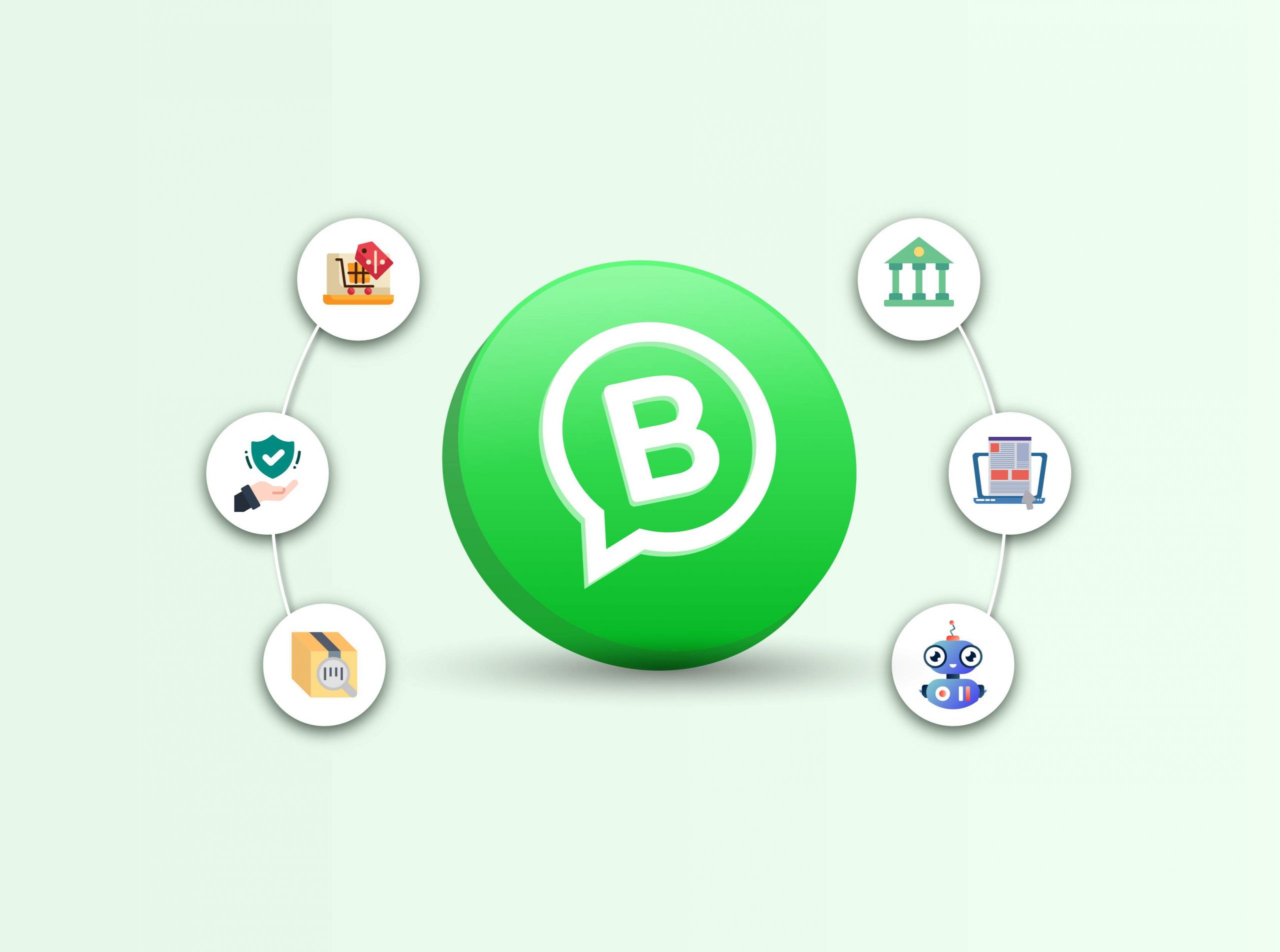CRM for Education Industry: How Does it Help Students and Institutions
-
December 20, 2021
-
8 min read

CRM manages the relationship with customers throughout their lifecycle. Vertical CRM that addresses the specific nuances of each industry is more popular now, particularly after cloud computing and emerging technologies have developed.
What is a CRM
CRM stands for Customer Relationship Management – whether manual or technology tool – though it is often used to mean the latter. In that sense, it is the system that comprises the strategies, tactics, techniques, tools, processes, workflows, and technologies employed by organizations to convert leads to customers and develop, acquire, and retain customers- minimizing churn rate. The objective is to achieve these targets at a lower cost by way of reduced costs for acquiring and retaining customers. In other words, it is a technology tool to manage the relationship with potential customers and existing customers efficiently.
Two terms that most readers might have heard in business are ERP and CRM. ERP begins where CRM ends and CRM resumes where ERP ends, meaning CRM manages everything till a customer is acquired and all the subsequent workflows such as order processing, invoicing, payment collection, accounting of these transactions, etc., are processed through ERP, though the management of relationship to service and retain the customer is continued through CRM.
The adoption of cloud computing and emerging technologies have helped business solutions like ERP and CRM evolve more connected, agile, efficient, and real-time. The greatest advantages of Cloud CRM are its accessibility through any device from anywhere and also shifting the cost model from Capex to Opex making it easy for small to medium companies to adopt CRM, which is seeing tremendous growth prospects globally with India poised to become a US$ 2.3 billion market for CRM offerings in 2023.
CRMs and ERPs, when they originated, were mostly horizontal or generic and used to be customized to the specific needs of the industry and the structure of a company. Since they threw up huge challenges during those on-premise (on-prem) days in the form of additional costs and upgrades, it paved the way for the emergence of verticals in response to customer demands. While a lot of functions and features of both types of CRMs remain the same, we now see a plethora of CRM solutions specifically tailored to address the peculiar nuances of each industry and sub-segment.
Horizontal vs Vertical CRM
The data published as part of a survey of small businesses highlights that 37 percent of small to medium businesses opined that their major customer relationship pain point was disintegrated workflows, while 29 percent was of the view that it was difficult for them to follow up on leads. Across all industries, organizations want CRM to help them with workflows that can drive better customer relationships and sales growth opportunities.
While companies in any industry can use horizontal CRMs, vertical CRMs offer a solution that is tailored to solve the specific pain points of workflows, processes, and best practices of each industry vertical. The question that confuses many SMBs is whether you need an industry-specific CRM, or the horizontal CRM can serve your need, or you will change, manage your processes to the functionalities of the CRM.
After considering the pros and cons of the options, the decision has to be taken. Horizontal CRMs can be customized to address the industry-specific workflows and processes, but you will have to incur additional customization and implementation costs. Vertical CRMs have in-built features and functionalities needed for the specific industry, but they are mostly expensive. A vertical CRM is designed with substantial inputs from industry and domain experts who understand the business processes and workflows that are unique to an industry.
Now, there are vertical CRM designed specifically for Real Estate, eCommerce, BFSI, Healthcare, Entertainment, Education, Manufacturing, SaaS, or anything for that matter, available in the market. In this article, we will focus on CRM for the education industry, its features, and its importance.
What is special about Education CRM?
An education CRM addresses the specific CRM needs of the education industry. It understands the nuances of the admission process and serves as a unified and connected platform that empowers multiple teams to scale the admissions systematically and manage the workflows and processes during the entire lifecycle of students in the institution. The education segment addresses the specific needs of more micro-level segmentation such as Play Schools, Schools, Colleges, Universities, Edtech, Coaching Centers.
It captures, analyzes, distributes, processes, and reports relevant data in real-time and automates the allocation of leads to different team members and marketing, improves counselor productivity, and tracks campaigns. The processes and workflows of an education institute are different from generic business processes; hence, a vertical CRM for education can consolidate siloed and disparate data to empower you to attract, engage, and enroll students efficiently. The Higher Education CRM Software market revenue was one million USD in 2016, grew to Million USD in 2021, and will reach Million USD in 2026, with a CAGR during 2021-2026.
What comprises the Education CRM?
We will talk more about the specific features of an Education CRM, given that a lot of basic features are common across horizontal and vertical CRMs.
- Lead Management: Though this is the most basic function of any CRM, the specifics about an education CRM is that it captures admission leads from various sources and channels, manages and distributes them to the relevant teams to help deliver targeted omnichannel engagement experiences to your potential students and their parents. Such experience will ultimately drive their decision to take admission to your institution.
- Campaign Management: Helps run campaigns based on data instead of on assumptions by automating personalized and targeted marketing communication to prospective students. This also gives you insights into the impact of specific lead sources in your admissions and helps strategize the optimization of your marketing campaigns.
- Strategic digital marketing: Facilitates a targeted approach to reach out to your custom potential and remarketing them for colleges and universities.
- People touch: Integrate with messaging tools like WhatsApp Business to engage with your prospective students to improve your admission rate through personalized engagement and nurturing.
- Delivery mode flexibility: Education is now delivered through conventional physical mode and as well online mode (Edtech). Good education CRMs have features and functionalities to address the needs of prospective and onboarded students who opt for any of these modes.
- Reports & Analytics: This is again one of the basic features of any business solution application, but education CRM provides you customizable and ad-hoc reports and dashboards that help you with real-time education trends, student searches, skill demand, and other analytics to take decisive actions.
Benefits of CRM for Education Industry
The education industry is a fast-growing and highly competitive segment in both brick-and-mortar and online (Edtech) modes. Not just that, educational Institutions have multiple constituents and complex networks. Addressing the unique challenges faced by educational institutions will drive the success of the institution. This is where education CRM comes in as a technology solution to help educational institutions gain an edge over competitors by improving communication, connectivity, and visibility.
Unified view
Educational institutions comprise multiple and siloed teams that engage with diverse constituents across a range of platforms and channels. The constituents include students, parents, faculty, staff, alumni, society, businesses, foundations, governments, education boards, partners, etc. The institutions used to suffer from isolated data and information spread across disparate systems that did not give a unified view of the operations. The Education CRM solutions can provide educational institutions with a single, unified view, helping in the process with a 360-degree view of the constituents for efficient lead tracking, follow-up, and effective and personalized engagement.
Seamless communication
CRM for the education industry empowers educational institutions to make their campuses truly connected and provides a view of and access to every single interaction with the various constituents in one centralized platform. It helps institutions to build deep, personalized, and meaningful relationships with constituents by breaking the bottlenecks in the communication flow and providing thus seamless and real-time visibility.
Student focus
It leverages its specific functionalities to focus on students and maintain a relationship with them across the lifecycle of the institution, from admissions to graduating and beyond. Educational institutions can use CRM to deliver seamless and meaningful student experiences by providing actionable insights, monitoring progress, reminding of fees and course schedules, etc. This helps institutions to improve student retention, references, exam results, and campus recruitment rates.
Agile admission process
A tailored CRM solution empowers educational institutions to manage the entire student admission process efficiently. The entire history of the lead generation process across multiple channels and sources can be viewed on a single dashboard. This facilitates the admissions and counseling teams to proactively send timely alerts and messages, follow up more effectively to avoid or minimize lead leakage. The insights of the CRM ensure that the quality of students admitted are as per the norms and benchmarks of the institution and help the marketing team to strategically plan and budget campaigns to attract the right students.
Greater team collaboration
A good Education CRM provides a whole host of communication and collaboration tools to foster a culture of collaboration between multiple, siloed teams and departments within the institutions to provide a seamless experience to the constituents of prospective students.
Financial benefits
Arguably, financial benefits are one of the most crucial elements of an educational institution. A good education CRM drives revenue growth by way of a high rate of lead conversion and retention of students. Revenue growth and lower marketing, sales, acquisition, and administrative cost that CRM brings about helps reduce overall operating costs and enhance the educational institutions’ bottom line.
 Share
Share








